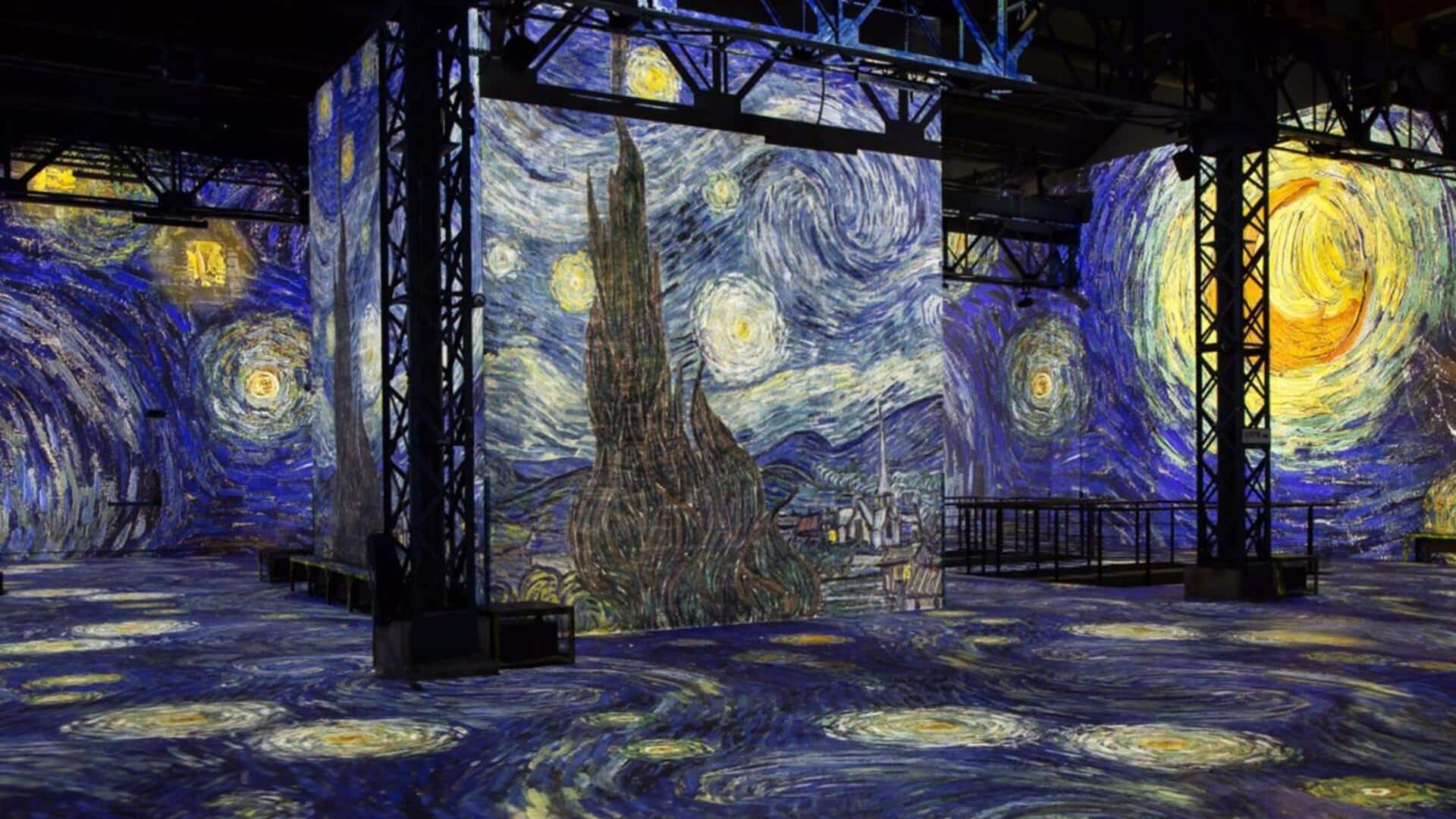
Celebrating the most influential projection mapping artists in the world
What's the story
Projection mapping is a revolutionary art form in which artists utilize projectors to transform static surfaces into vibrant, interactive canvases. By combining imagination with cutting-edge technology, these artists bring everyday objects and buildings to life, creating unforgettable visual stories. Below, we highlight some of the most influential projection mapping artists from around the globe.
Trailblazers
Pioneers in projection mapping
Polish artist Krzysztof Wodiczko is a pioneer in this field. He began projecting politically charged images onto public monuments in the late 20th century, transforming familiar urban landmarks into platforms for social critique. His groundbreaking work paved the way for the current wave of projection mapping, where artists use the urban environment as a canvas for powerful social commentary or simply to create stunning visual spectacles.
Urban canvas
Transforming public spaces
Amanda Parer's art makes public spaces come alive with large-scale projection mapping. Her giant inflatable rabbits, illuminated from within, hop into global cityscapes. When night falls, projection mapping breathes life into these figures, casting a spell of enchantment. These installations don't just beautify urban areas; they also stimulate community engagement and attract tourists.
Tech fusion
Technological innovations in art
The rise of digital tech has played a huge role in how projection mapping has evolved. Pioneering artists like Joanie Lemercier have embraced new tech while staying true to the essence of art. By utilizing elements like water screens and custom software, Lemercier pushes the limits of visual storytelling without sacrificing narrative depth.
Audience engagement
Interactive experiences through projection mapping
Projection mapping has revolutionized interactive art installations, creating immersive experiences where viewers become part of the artwork itself. TeamLab, a renowned collective, has mastered the art of creating vast digital landscapes that react to audience movement and touch, establishing a fluid dialogue between the art and its spectators. This level of interactivity has raised the bar for art exhibitions, making them more accessible and engaging for people of all ages.
Learning curve
Educational opportunities in projection mapping
Apart from entertainment and beautification of cities, projection mapping can be a powerful educational tool, simplifying complex subjects and enhancing understanding through visual storytelling. Many museums have already begun utilizing this technology to animate historical artifacts or illustrate scientific phenomena in a captivating way. This not only enriches learning experiences but also draws in a broader audience, transforming education into a visually spectacular and interactive journey.